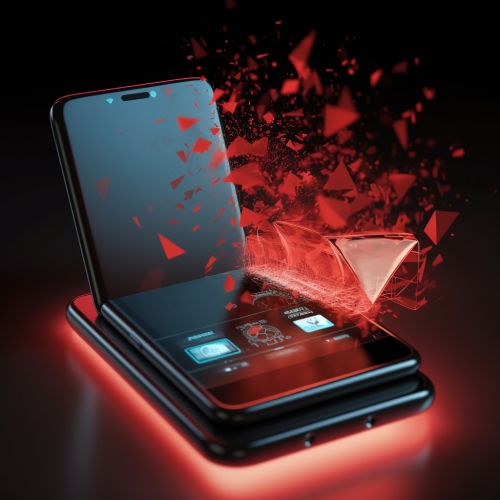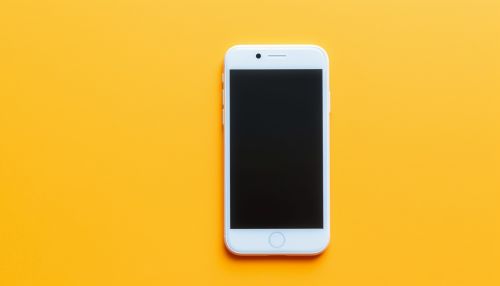Short Message Service
Introduction
Short Message Service (SMS) is a standardized communication protocol that enables mobile devices to exchange short text messages. An intermediary service can facilitate a text-to-voice conversion to be sent to landlines. SMS, as used on modern devices, originated from radio telegraphy in radio memo pagers that used standardized phone protocols. These were defined in 1985 as part of the Global System for Mobile Communications (GSM) series of standards.


History
The concept of SMS is credited to Matti Makkonen who proposed it in 1984 while working for Nokia. The initial idea was developed further by a team of engineers during a conference in Copenhagen. The first SMS message was sent in 1992 from a computer to a mobile device in the UK. The message read "Merry Christmas".
Technical Details
SMS messages are transmitted within the same cell or to anyone with roaming capabilities. They can also be sent to digital phones in a number of ways, depending on the service provider. SMS messages are typically transmitted using the SS7 (Signaling System No. 7) protocol, which is a communications standard that defines how network elements in a public switched telephone network (PSTN) exchange information over a digital signaling network.
SMS Types
There are three types of SMS: Mobile Terminated (MT), Mobile Originating (MO), and SMS Cell Broadcast (SMSCB). MT messages are sent from the Short Message Service Center (SMSC) to the handset. MO messages are sent from a handset to the SMSC. SMSCB messages are sent from the SMSC to all handsets within a defined geographical area.
SMS Limitations
The major limitation of SMS is the message size. The maximum size of an SMS text message is defined by the GSM standard as 160 7-bit characters, 140 8-bit characters, or 70 16-bit characters. Longer messages are normally split up into multiple messages.
SMS in Modern Times
Despite the advent of instant messaging apps like WhatsApp, Facebook Messenger, and Viber, SMS continues to remain popular due to its simplicity, reach, and ubiquity. It is used in a variety of applications including banking notifications, flight alerts, and marketing messages.
